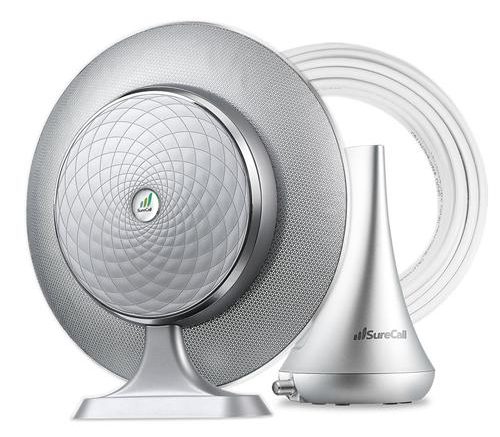About once a year, I write an article about cell boosters that asks whether you need one designed for 4G or not. (Here’s my article from last year.) And so far, the answer has been the same — unless you don’t have Wi-Fi, skip the extra cost and just get a 3G booster. Now, I’m softening my position a bit, and there are two reasons.
HD Voice
If you’re one of the folks with an iPhone or Galaxy who can benefit from HD-Voice, you’re going to want a 5-band LTE-enabled cell booster. HD-Voice really improves sound quality by an amazing degree and if you’re already hooked on it, you’re going to want a 4G/LTE booster because that HD Voice signal travels exclusively on the LTE bands.
Prices have never been lower (and may never be lower)
The big difference between last year’s 4G booster and this year’s booster is that you’re seeing about 100 times more power at about half the price as what you saw last year. I’m incredibly pumped about the SureCall EZ4G because it’s about 40% cheaper than last year’s version, it’s easier to set up, and it works with 4G and LTE. Keep in mind that last year’s models at that price required an outdoor antenna and only covered 3G. So it’s really hard to recommend a 3G booster now that prices are so incredibly low.
So yes, if you don’t have an iPhone or Galaxy, if you have great Wi-Fi in your home and you need an absolute rock bottom price, you still have options for 3G-only boosters. It’s just getting to the point where it’s very hard to recommend that option, because the new boosters bring a lot of capabilities for a small amount of money.





